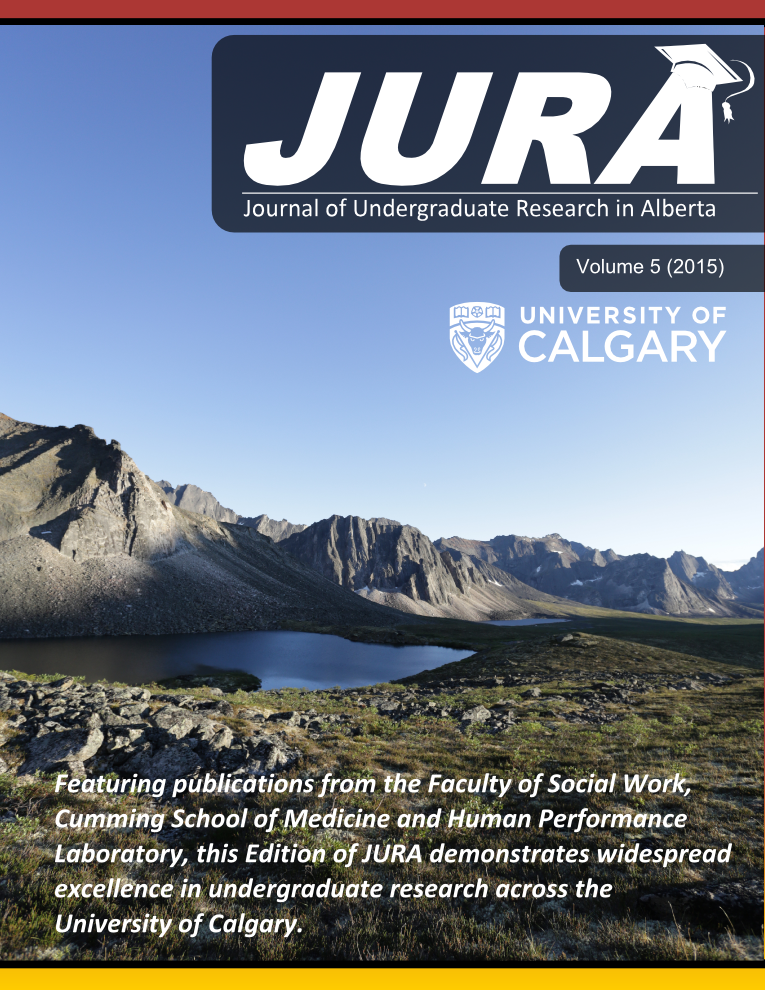In situ titin properties at long lengths when Ig domain folding/unfolding is prevented
Abstract
Titin, also known as connectin, is the largest known protein and was discovered in the mid-1970s and consists of Immunoglobulin (Ig) domains that flank N2A and PEVK segments. At long lengths and high force these Ig domains unfold. There is growing evidence that titin may change its stiffness by attaching its proximal portion to actin upon activation. If so folding/unfolding of Ig domains may become physiologically relevant. This is of interest because Ig domain folding/unfolding is associated with a great loss of energy, but preventing such folding/unfolding has been shown to result in a virtually elastic behaviour with no energy loss in isolated titin molecules. Therefore, the purpose of this study was to test titin properties in situ within sarcomeres at lengths where Ig domain unfolding has occurred while preventing folding/unfolding of Ig domains during small stretch shortening cycles.
Downloads
References
1. K. Wang, J. Mcclure, and A. Tu, Proc Natl. Acad. Sci U. S. A 76(8), 79.
2. K. Maruyama, J Biochem. 80(2), 76.
3. H.L.M. Granzier and S. Labeit, Muscle Nerve 36(6), 07.
4. R. Horowits and R.J. Podolsky, J Cell Biol 105(87.
5. W.A. Linke, Adv Exp Med Biol 481(00.
6. M.S.Z. Kellermayer, S.B. Smith, H.L.M. Granzier, and C. Bustamante, Science 276(5315), 97.
7. J.A. Herzog, T.R. Leonard, A. Jinha, and W. Herzog, J. Biomech. 45(11), 12.
8. D. Labeit, K. Watanabe, C. Witt, H. Fujita, Y. Wu, S. Lahmers, T. Funck, S. Labeit, and H.L.M. Granzier, Proc Natl Acad Sci U S A 100(03.
9. V. Joumaa, D.E. Rassier, T.R. Leonard, and W. Herzog, Am J Physiol Cell Physiol 294(1), 08.
10. T.R. Leonard and W. Herzog, Am. J Physiol Cell Physiol 299(10.
11. W. Herzog, E.J. Lee, and D.E. Rassier, J Physiol (Lond) 574(3), 06.
12. W. Herzog, M. Duvall, and T.R. Leonard, Exerc. Sport Sci. Rev. 40(1), 12.
13. W. Herzog, T. Leonard, V. Joumaa, M. Duvall, and A. Panchangam, Mol. Cell Biomech. 9(3), 12.
14. M.M. Duvall, J.L. Gifford, M. Amrein, and W. Herzog, Eur. Biophys. J. 42(4), 13.
15. K.C. Nishikawa, J.A. Monroy, T.E. Uyeno, S.H. Yeo, D.K. Pai, and S.L. Lindstedt, Proc. Biol. Sci. 279(1730), 12.
16. A. Minajeva, C. Neagoe, M. Kulke, and W.A. Linke, J Physiol (Lond) 540.1(02.
17. T.R. Leonard, M. Duvall, and W. Herzog, Am J Physiol Cell Physiol 299(6)(10.
18. V. Joumaa, D.E. Rassier, T.R. Leonard, and W. Herzog, Pflügers Arch - Eur J Physiol 455(07.
19. M.S. Kellermayer, S.B. Smith, C. Bustamante, and H.L. Granzier, J. Struct. Biol. 122(1-2), 98.
Downloads
Published
Issue
Section
License
Authors retain all rights to their research work. Articles may be submitted to and accepted in other journals subsequent to publishing in JURA. Our only condition is that articles cannot be used in another undergraduate journal. Authors must be aware, however, that professional journals may refuse articles submitted or accepted elsewhere—JURA included.


